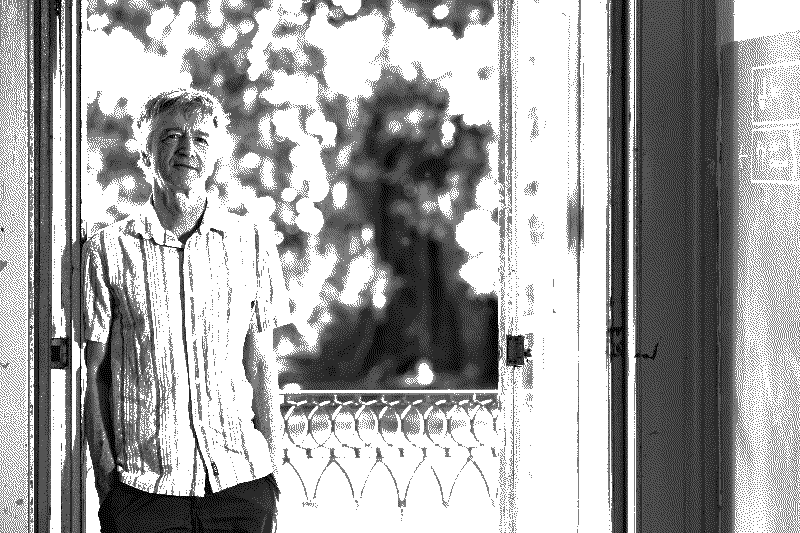How are we a geological force?
The formalisation of a new proposed geological epoch, shaped by the intensification of human activity, is a complex scientific venture that reverberates across multiple disciplines, ways of organising life, procedures to structure policies. Its principal element is the compilation and articulation of a body of work and scientific planetary evidence of the material aspects of human activity. The consequences are vast: re-articualting contemporaneity as a deep time, redistributing agency, and reorganising the distinction between nature and culture.
Jan Zalasiewicz
Emeritus Professor of Palaeobiology at the University of Leicester, previously of the British Geological Survey, He is a member of the Anthropocene Working Group of the International Commission on Stratigraphy. A field geologist, palaeontologist, and stratigrapher, his particular fields of study include fossils and rocks of Early Palaeozoic times, and the Quaternary Ice Ages. He is a coeditor of The Anthropocene as a Geological Time Unit (2019). He most recently published The Cosmic Oasis: The Remarkable Story of Earth’s Biosphere (2022). His books include The Earth after Us (2008); The Planet in a Pebble (2010); Rocks: A Very Short Introduction (2016); and Geology: A Very Short Introduction (2018); and, with coauthor Mark Williams, The Goldilocks Planet 2012); Ocean Worlds (2014); and Skeletons (2018). Zalasiewicz led the first English translation of George-Louis Leclerc, Comte de Buffon's 1778 Les époques de la nature (The Epochs of Nature, 2018).
